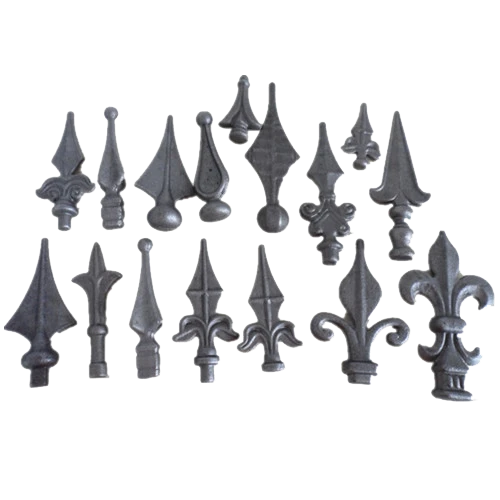Mobile:+86-311-808-126-83
Email:info@ydcastings.com
cast stainless steel parts
Understanding Cast Stainless Steel Parts
Cast stainless steel parts play a crucial role in various industries, offering a unique combination of strength, corrosion resistance, and versatility. As an essential material in manufacturing, cast stainless steel is formed by pouring molten stainless steel into molds, allowing it to take on complex shapes and intricate designs that would be difficult to achieve through other manufacturing methods, such as machining or forging.
Advantages of Cast Stainless Steel
The process of casting stainless steel provides numerous benefits. Firstly, the material exhibits exceptional resistance to corrosion, making it ideal for use in harsh environments, such as chemical processing plants, marine applications, and wastewater treatment facilities. Stainless steel’s inherent ability to withstand oxidation and corrosion ensures a longer lifespan for the components, reducing the need for frequent replacements.
Moreover, cast stainless steel parts can be produced in various grades, allowing manufacturers to select the appropriate material for specific applications. Common grades include 304 and 316 stainless steel, each offering different levels of corrosion resistance and mechanical properties. For instance, 316 stainless steel contains molybdenum, which enhances its ability to resist pitting in chloride environments, making it a popular choice for marine applications.
Another advantage of casting is the ability to create complex geometries that are often not possible with traditional manufacturing processes. This flexibility allows engineers to design parts that optimize performance while minimizing weight, which is particularly valuable in industries such as aerospace and automotive. The ability to cast intricate shapes reduces the need for assembly, thus streamlining production and potentially lowering costs.
Applications of Cast Stainless Steel Parts
cast stainless steel parts

The applications of cast stainless steel parts are vast and varied. In the automotive industry, cast components are used for critical engine parts, brackets, and housings, where strength and corrosion resistance are paramount. The food and beverage industry relies on cast stainless steel for equipment that must withstand both high temperatures and corrosive cleaning agents, ensuring hygiene without compromising durability.
In chemical processing, cast stainless steel components are utilized in valves, pumps, and fittings, where they are exposed to aggressive chemicals. In these applications, the longevity and reliability of cast stainless steel parts significantly contribute to overall operational efficiency. Similarly, in the oil and gas sector, components such as pipeline fittings and control valves are manufactured from cast stainless steel to endure high pressure and corrosive environments.
The Manufacturing Process
The manufacturing of cast stainless steel parts involves several stages. Initially, a pattern is created, which is a replica of the final product. This pattern is then used to make a mold, typically from sand or metal. Once the mold is prepared, molten stainless steel is poured into it and allowed to cool and solidify. After solidification, the casting is removed from the mold and subjected to various finishing processes, such as grinding, machining, or polishing, to achieve the desired surface finish and dimensions.
Quality control is paramount during this process. Cast stainless steel parts are inspected for defects, which can include inclusions, cracks, or dimensional inaccuracies. Advanced techniques such as X-ray and ultrasonic testing are employed to ensure the integrity and reliability of the final product.
Conclusion
In summary, cast stainless steel parts are invaluable across multiple industries due to their excellent properties, including corrosion resistance and versatility in design. Their ability to withstand harsh environments and their capacity for complex geometries make them a preferred choice for engineers and manufacturers alike. As technology continues to advance, the methods and applications for cast stainless steel will evolve, further enhancing its role in modern manufacturing. Whether in aerospace, automotive, or chemical processing, the significance of cast stainless steel parts remains unparalleled in today’s industrial landscape.
-
Why Should You Invest in Superior Pump Castings for Your Equipment?NewsJun.09,2025
-
Unlock Performance Potential with Stainless Impellers and Aluminum End CapsNewsJun.09,2025
-
Revolutionize Your Machinery with Superior Cast Iron and Aluminum ComponentsNewsJun.09,2025
-
Revolutionize Fluid Dynamics with Premium Pump ComponentsNewsJun.09,2025
-
Optimizing Industrial Systems with Essential Valve ComponentsNewsJun.09,2025
-
Elevate Grid Efficiency with High-Precision Power CastingsNewsJun.09,2025











